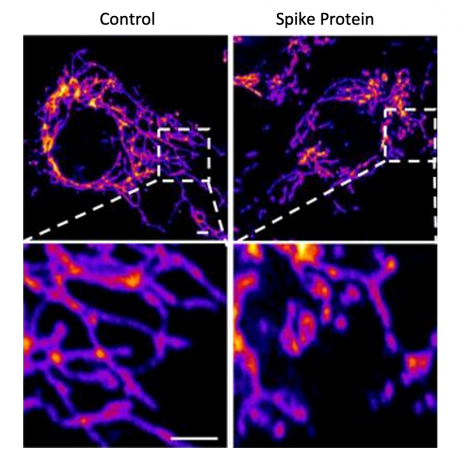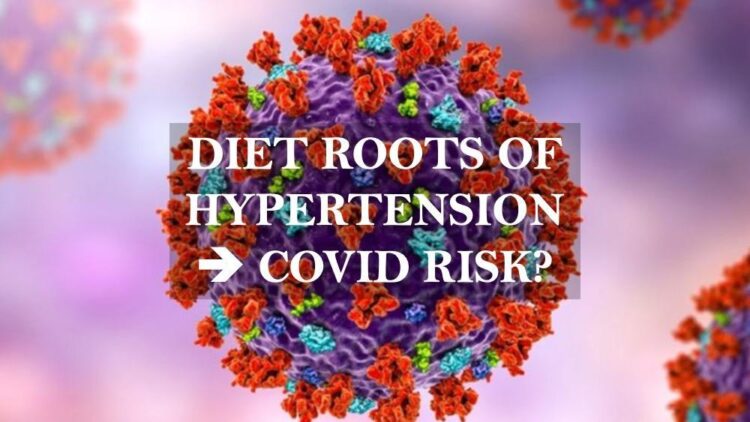Hello friends, This week I’d like to share with you an exciting new study that crossed my desk from the Salk Institute, a highly respected medical institute. It was founded by Jonas Salk, virologist, medical researcher, and developer of the first polio vaccine.
Hypertension, or high blood pressure, occurs when the blood vessels are blocked with plaque or debris and have persistently raised pressure. Blood is carried from the heart to all parts of the body in the vessels. Each time the heart beats, it pumps blood through the vessels. Blood pressure is measured as the force of blood pushing against the walls of the arteries. The greater the buildup of debris, the higher the pressure, the harder the heart must pump.
- Hypertension, or clogged arteries affects nearly half of adults in the United States (108 million, or 45%).
Hypertension is increasing rapidly since 1979, perhaps in tandem with the rise of industrially processed foods. - Having hypertension puts you at risk for heart disease and stroke, which are leading causes of death in the United States.
- In 2017, nearly half a million deaths in the United States included hypertension as a primary or contributing cause, causing over 1300 deaths per day.
- Only about 1 in 4 adults (24%) with hypertension have their condition under control.
What Causes Hypertension?
The three most common things in our diets are often the very ones causing hypertension:
- Flour
- Sugar
- Extracted Seed Oils
Flour, sugar, and extracted seed oils combine to make that thick, fatty plaque which accumulates in the blood vessels. Combined with a lack of movement, this can create blockage in the blood vessels. Plaque is like hard plastic glue that attaches itself to the inside of the arteries, especially those coming out of the heart, so that they are stiff, smaller diameter have less capacity for blood flow. This constricted flow is called hypertension.
The #1 Top Solution to Hypertension is simply to eliminate the three sticky culprits: Flour, Sugar, Extracted Seed oils. Yes. Eliminate all high glycemic foods. Skip extracted seed oils like corn, soy, canola, safflower, peanut, sunflower and “vegetable” oils. Use instead coconut oil, pure 100% olive oil, and avocado oil. Eliminate all flour, bread, crackers, chips, and low fiber foods.
That’s it. Thanks for listening. Now see the Salk article below:
Salk researchers and collaborators show how the protein damages cells, confirming COVID-19 as a primarily vascular disease
LA JOLLA—Scientists have known for a while that SARS-CoV-2’s distinctive “spike” proteins help the virus infect its host by latching on to healthy cells. Now, a major new study shows that the virus spike proteins (which behave very differently than those safely encoded by vaccines) also play a key role in the disease itself.
The paper, published on April 30, 2021, in Circulation Research, also shows conclusively that COVID-19 is a vascular disease, demonstrating exactly how the SARS-CoV-2 virus damages and attacks the vascular system on a cellular level. The findings help explain COVID-19’s wide variety of seemingly unconnected complications, and could open the door for new research into more effective therapies.

Click here for a high-resolution image.
Credit: Salk Institute
“A lot of people think of it as a respiratory disease, but it’s really a vascular disease,” says Assistant Research Professor Uri Manor, who is co-senior author of the study. “That could explain why some people have strokes, and why some people have issues in other parts of the body. The commonality between them is that they all have vascular underpinnings.”
Salk researchers collaborated with scientists at the University of California San Diego on the paper, including co-first author Jiao Zhang and co-senior author John Shyy, among others.
While the findings themselves aren’t entirely a surprise, the paper provides clear confirmation and a detailed explanation of the mechanism through which the protein damages vascular cells for the first time. There’s been a growing consensus that SARS-CoV-2 affects the vascular system, but exactly how it did so was not understood. Similarly, scientists studying other coronaviruses have long suspected that the spike protein contributed to damaging vascular endothelial cells, but this is the first time the process has been documented.
In the new study, the researchers created a “pseudovirus” that was surrounded by SARS-CoV-2 classic crown of spike proteins, but did not contain any actual virus. Exposure to this pseudovirus resulted in damage to the lungs and arteries of an animal model—proving that the spike protein alone was enough to cause disease. Tissue samples showed inflammation in endothelial cells lining the pulmonary artery walls.
The team then replicated this process in the lab, exposing healthy endothelial cells (which line arteries) to the spike protein. They showed that the spike protein damaged the cells by binding ACE2. This binding disrupted ACE2’s molecular signaling to mitochondria (organelles that generate energy for cells), causing the mitochondria to become damaged and fragmented.
Previous studies have shown a similar effect when cells were exposed to the SARS-CoV-2 virus, but this is the first study to show that the damage occurs when cells are exposed to the spike protein on its own.
“If you remove the replicating capabilities of the virus, it still has a major damaging effect on the vascular cells, simply by virtue of its ability to bind to this ACE2 receptor, the S protein receptor, now famous thanks to COVID,” Manor explains. “Further studies with mutant spike proteins will also provide new insight towards the infectivity and severity of mutant SARS CoV-2 viruses.”
The researchers next hope to take a closer look at the mechanism by which the disrupted ACE2 protein damages mitochondria and causes them to change shape.
Other authors on the study are Yuyang Lei and Zu-Yi Yuan of Jiaotong University in Xi’an, China; Cara R. Schiavon, Leonardo Andrade, and Gerald S. Shadel of Salk; Ming He, Hui Shen, Yichi Zhang, Yoshitake Cho, Mark Hepokoski, Jason X.-J. Yuan, Atul Malhotra, Jin Zhang of the University of California San Diego; Lili Chen, Qian Yin, Ting Lei, Hongliang Wang and Shengpeng Wang of Xi’an Jiatong University Health Science Center in Xi’an, China.
The research was supported by the National Institutes of Health, the National Natural Science Foundation of China, the Shaanxi Natural Science Fund, the National Key Research and Development Program, the First Affiliated Hospital of Xi’an Jiaotong University; and Xi’an Jiaotong University.
DOI: 10.1161/CIRCRESAHA.121.318902
PUBLICATION INFORMATION
JOURNAL
Circulation Research
AUTHORS
Yuyang Lei, Jiao Zhang, Cara R Schiavon, Ming He, Lili Chen, Hui Shen, Yichi Zhang, Qian Yin, Yoshitake Cho, Leonardo Andrade, Gerald S Shadel, Mark Hepokoski, Ting Lei, Hongliang Wang, Jin Zhang, Jason X-J Yuan, Atul Malhotra, Uri Manor, Shengpeng Wang, Zu-Yi Yuan, and John Y-J Shyy
Hypertension, or high blood pressure, affects 1.2 billion people in the world! It is a precursor to the world’s worst killer, Heart Disease.






No Replies to "Dietary Roots of Hypertension Increase Covid Risk?"